Does a Humidifier Cool a Room?
 No, a humidifier does not actually lower the temperature or cool a room. While turning on a humidifier can make a room feel cooler and more comfortable, it does not technically reduce the real air temperature. This is because humidifiers work by adding moisture to dry air, not by removing heat from the air to lower its temperature.
No, a humidifier does not actually lower the temperature or cool a room. While turning on a humidifier can make a room feel cooler and more comfortable, it does not technically reduce the real air temperature. This is because humidifiers work by adding moisture to dry air, not by removing heat from the air to lower its temperature.
Humidifiers add water vapor to the air through evaporation, misting, or other methods. This increases the humidity, or moisture levels, in a room. The higher moisture content makes the air feel cooler against your skin because the moisture evaporates and pulls heat from your body. This evaporation gives a cooling sensation even though the thermometer still reads the same temperature as before.
In summary, humidifiers only increase humidity, not lower temperature. The increased humidity just makes the air feel chillier because of evaporative cooling effects. See this article from the EPA for more on the scientific relationship between temperature, humidity, and perceived comfort.

 How Do Humidifiers Work?
How Do Humidifiers Work?
Humidifiers work by adding water vapor to the air to increase humidity. There are a few main types of humidifiers that each add moisture in slightly different ways:
- Warm Mist Humidifiers – Boil water to create steam that is released into the air.
- Cool Mist Humidifiers – Use filters and wicks to draw water up and atomize it into a fine mist.
- Ultrasonic Humidifiers – Use high frequency vibrations to create micro-fine water droplets that exit the humidifier.
- Impeller Humidifiers – Spin discs at high speeds to fling water off them as a cool mist.
- Evaporative Humidifiers – Pass air over a wet wick or filter so the moisture evaporates into the air.
While the methods vary, all humidifier types work to humidify the air, not cool it. The increased humidity makes the air feel more comfortable by alleviating dryness. But the underlying temperature remains unchanged.
The Difference Between Humidity and Temperature
Humidity and temperature are related but separate measures of air quality:
- Humidity – The amount of water vapor present in the air, measured as relative humidity from 0% (no moisture) to 100% (fully saturated).
- Temperature – How hot or cold the air is, measured in degrees with a thermometer.
While connected, they are distinct properties of air. Humidity levels indicate moisture content, while temperature indicates heat energy and kinetic motion of molecules.
| Humidity | Temperature |
|---|---|
| Measures moisture in air | Measures heat energy in air |
| Expressed as relative humidity % | Expressed in degrees (F, C, etc.) |
| Higher = more water vapor | Higher = more heat energy |
| Can be increased with humidifier | Can be lowered with AC, cooler, etc. |
While related, humidity and temperature are distinct. So increasing humidity with a humidifier does not lower temperature.
 Why Humidifiers Feel Cooling
Why Humidifiers Feel Cooling
There are a few reasons why humidifiers make the air feel colder:
- Increased moisture evaporates from your skin, pulling heat with it through evaporative cooling.
- Higher humidity improves sweat evaporation, increasing cooling sensations.
- Dry throats and nasal passages are soothed, feel less irritated.
- The air feels softer and easier to breathe, giving a cooling effect.
So while the thermometer doesn’t change, your body feels cooler due to the moisture and evaporative cooling effects. The humidity remedies winter dryness for extra comfort.
Other Benefits of Humidifiers Besides Cooling
While humidifiers do not actually cool rooms or lower air temperature, they offer other benefits:
- Relieve dry skin & sinus irritation – Added moisture can soothe dry, flaky skin as well as dry nasal passages and throats.
- Prevent static electricity – Higher humidity reduces static shocks from electronics, clothing, and furniture.
- Lessen furniture cracks – Added moisture can help wood furniture stay supple and prevent cracking in dry conditions.
- Help houseplants thrive – Indoor plants do better with the higher humidity levels humidifiers provide.
So humidifiers offer meaningful benefits beyond just making your environment feel cooler. They can actually improve health, comfort, and indoor air quality when used properly.
What is the Ideal Humidity Level?
According to most guidelines, the ideal humidity range for comfort and health is between 30-50% relative humidity. At this level, air feels moist enough to prevent dryness symptoms but not so high that excess moisture builds up.
In winter months when indoor heating is used, humidity levels can drop below 20%, leading to dry air issues. Humidifiers are commonly used in colder months to boost moisture for comfort.
In summer’s higher humidity, dehumidifiers are used to lower extremely high moisture levels that could encourage mold growth.
Using a hygrometer to monitor humidity levels can help you maintain an optimal 30-50% range year-round.
Tips for Using a Humidifier
Here are some tips for using a humidifier effectively in your home:
- Choose the right size humidifier for the room size you are humidifying.
- Clean and disinfect the humidifier regularly to prevent mold and bacteria buildup.
- Use distilled or filtered water to prevent mineral deposits.
- Keep humidifier away from walls and furniture to avoid water stains.
- Monitor humidity with a hygrometer and adjust mist output accordingly.
- Turn off the humidifier when humidity levels are high to avoid over-humidifying.
Following these best practices will allow you to enjoy the benefits of added humidity safely and effectively.
Summary – Humidifiers Do Not Cool Rooms
While humidifiers add needed moisture to dry indoor air, they do not actually lower air temperature or cool a room. This is because they work by increasing humidity through water evaporation, not by removing heat from the air.
The added humidity offers a cooling sensation as moisture evaporates from your skin. But the real temperature remains the same. A thermometer will still read the same temperature as before the humidifier was turned on.
So in summary, humidifiers provide evaporative cooling effects that make the air feel chillier. But they do not technically cool rooms or lower true air temperature. They simply add needed moisture to dry air to make indoor spaces feel more comfortable.
Here is a 7 question FAQ on “Does a Humidifier Cool a Room?” in HTML format:
Frequently Asked Questions
Does a humidifier lower the actual air temperature?
No, a humidifier does not lower the actual temperature of a room. It increases moisture in the air, which makes you feel cooler, but it does not lower the thermometer reading.
Why does a humidifier make a room feel cooler?
Higher humidity helps sweat evaporate from your skin more easily, creating a cooling effect. The moisture also soothes dry throat and nasal passages.
What temperature does a humidifier cool a room to?
Humidifiers do not actually lower air temperature. The room remains the same temperature as before turning on the humidifier.
Does humidity affect temperature?
Yes, humidity and temperature are connected. Higher temperatures can hold more water vapor. But increasing humidity itself does not lower temperature.
Is 50% humidity cold?
No, 50% relative humidity is often ideal for comfort. Above 70% may feel cold and promote mold growth.
Do humidifiers heat up a room?
Warm mist humidifiers release steam that can slightly increase a room’s temperature. Cool mist humidifiers do not heat up a room.
Should I run a humidifier in summer?
No, you typically only need a humidifier in winter when indoor air is very dry. Summer air already has higher humidity.



 Why Humidifiers Feel Cooling
Why Humidifiers Feel Cooling


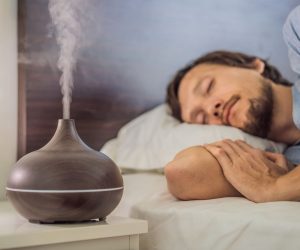 Tips for Using a Humidifier to Relieve Phlegm
Tips for Using a Humidifier to Relieve Phlegm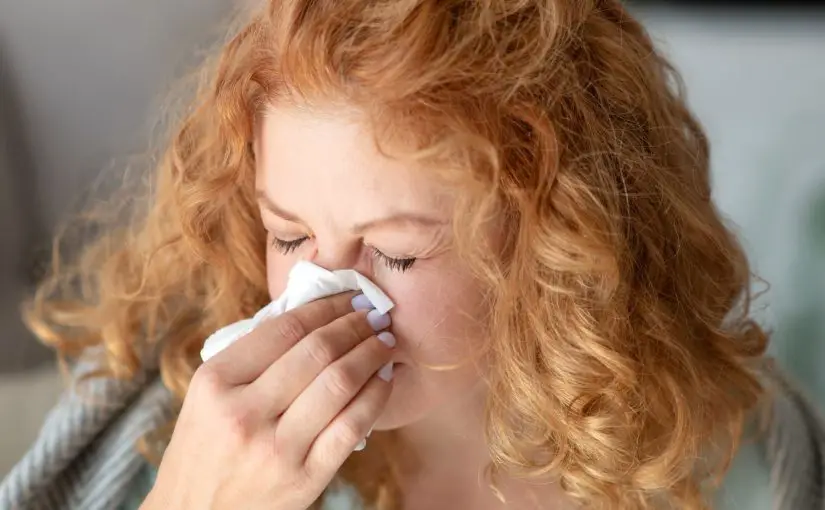




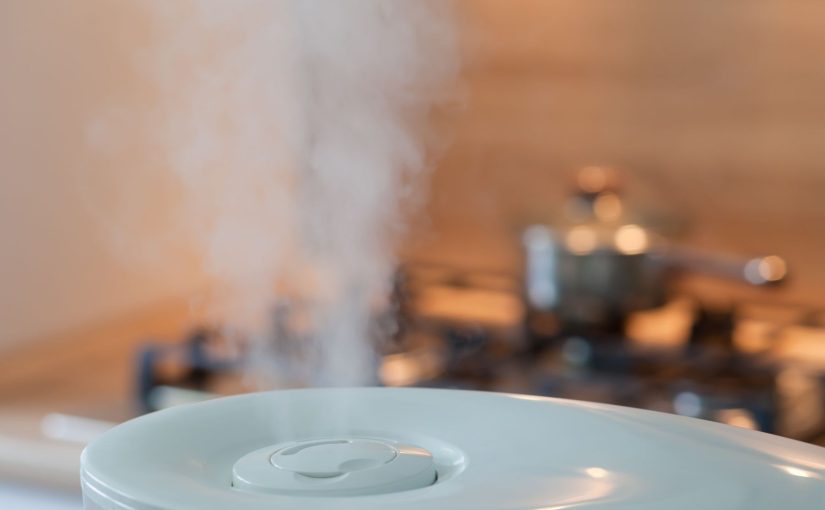

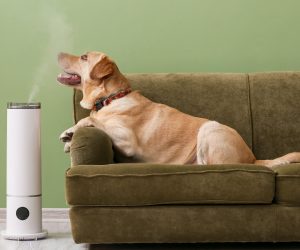 What Type of Humidifier is Best?
What Type of Humidifier is Best?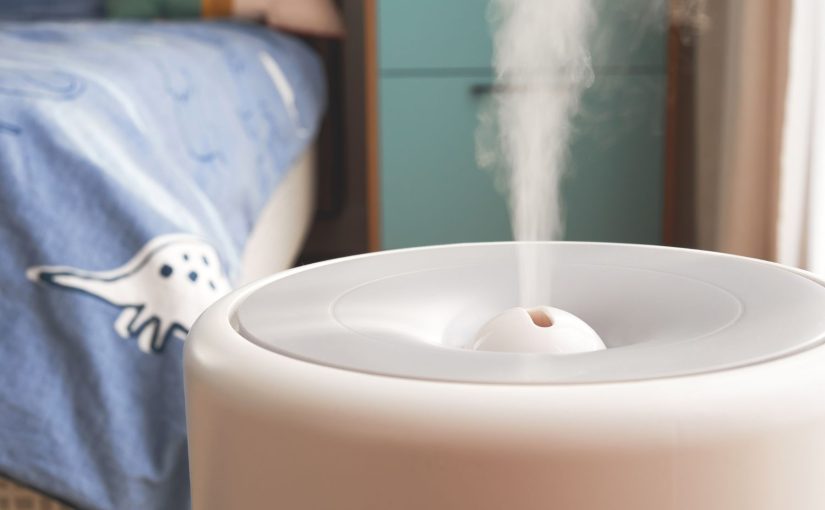
 The ideal daily relative humidity between 30-50%. humidifier runtime for a bedroom is however long needed to keep Most humidifiers take 30 minutes to an hour to raise humidity 5-10%. Consider factors like room size, humidifier capacity and occupancy to determine runtime.
The ideal daily relative humidity between 30-50%. humidifier runtime for a bedroom is however long needed to keep Most humidifiers take 30 minutes to an hour to raise humidity 5-10%. Consider factors like room size, humidifier capacity and occupancy to determine runtime.
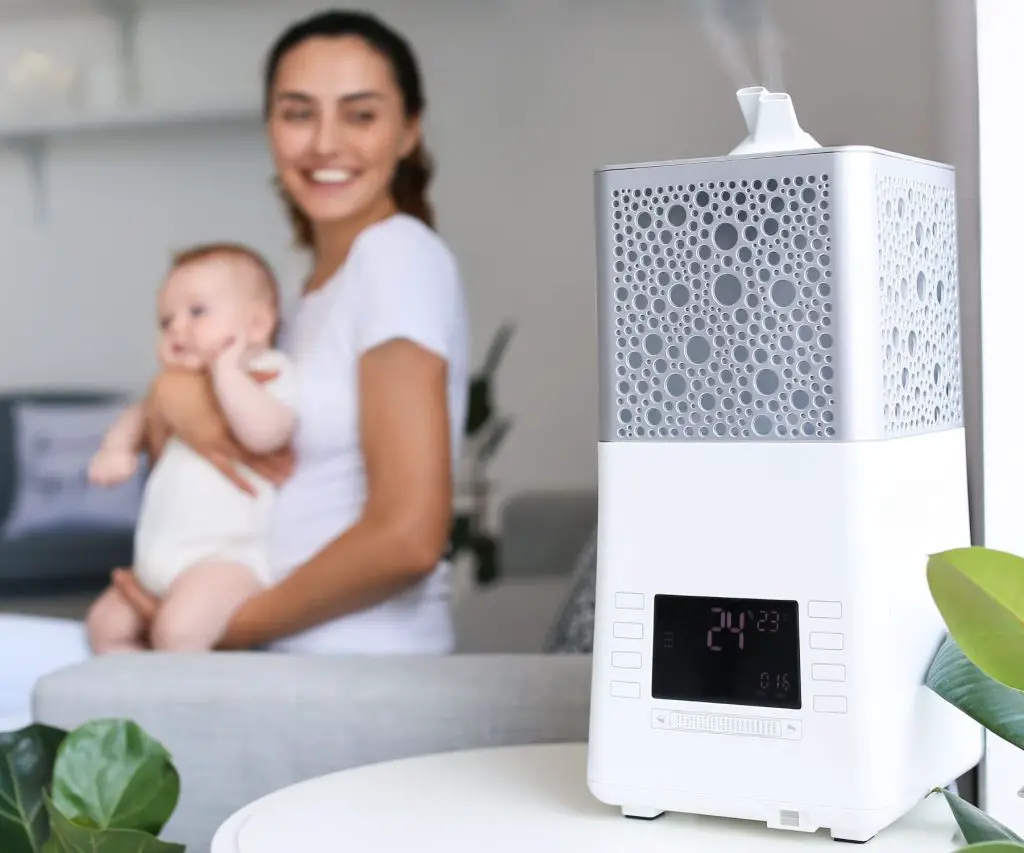 Tips for Optimizing Humidifier Runtime
Tips for Optimizing Humidifier Runtime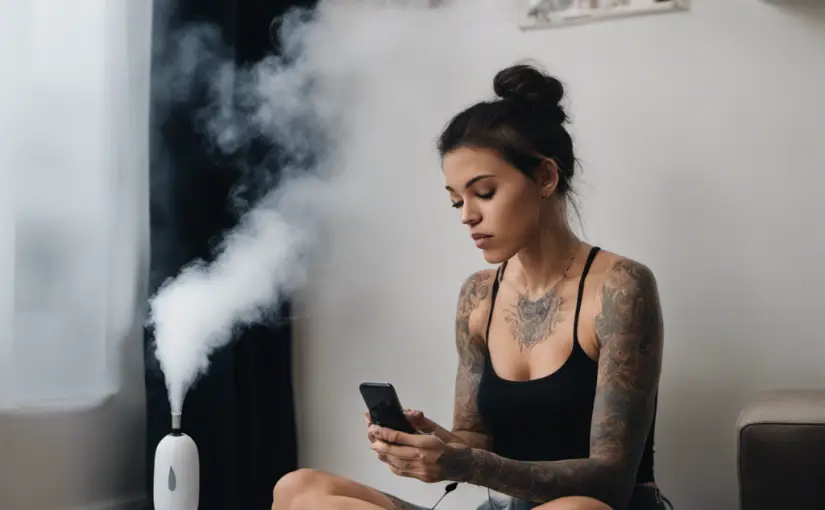
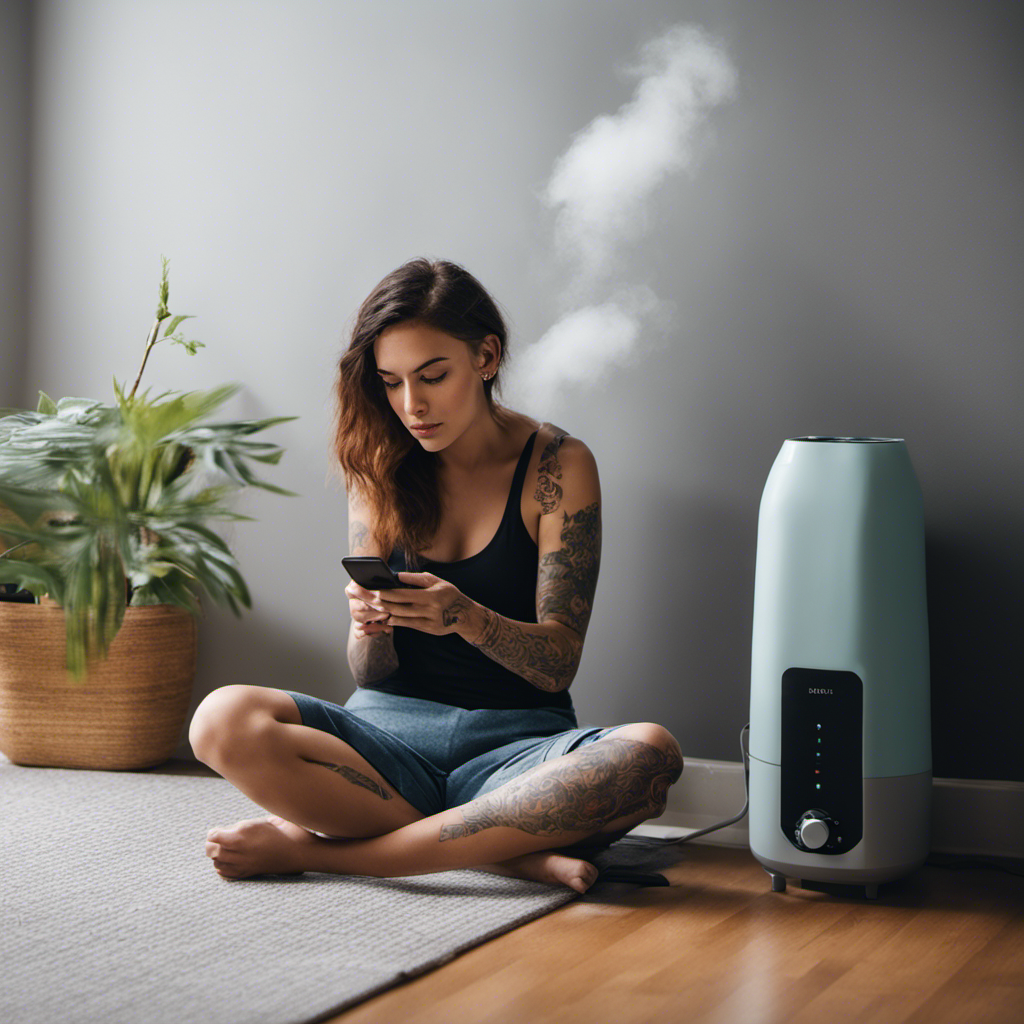 Pros and Cons of Placing Humidifiers on the Floor
Pros and Cons of Placing Humidifiers on the Floor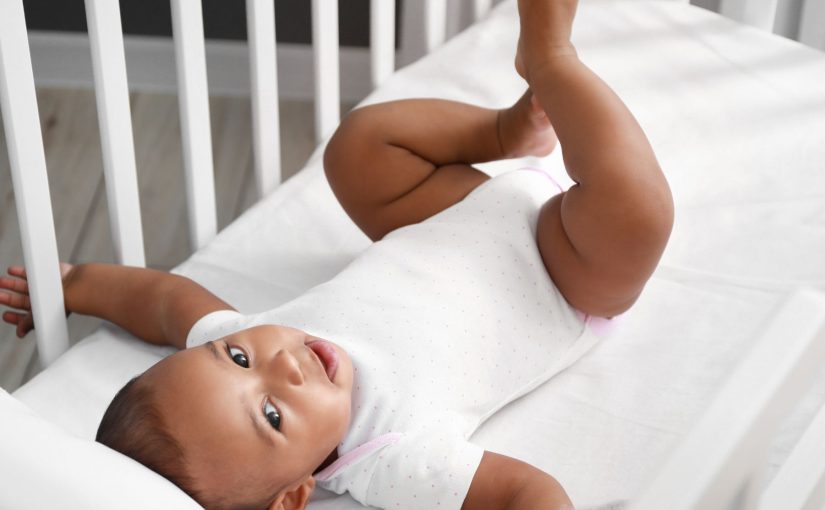

 Conclusion
Conclusion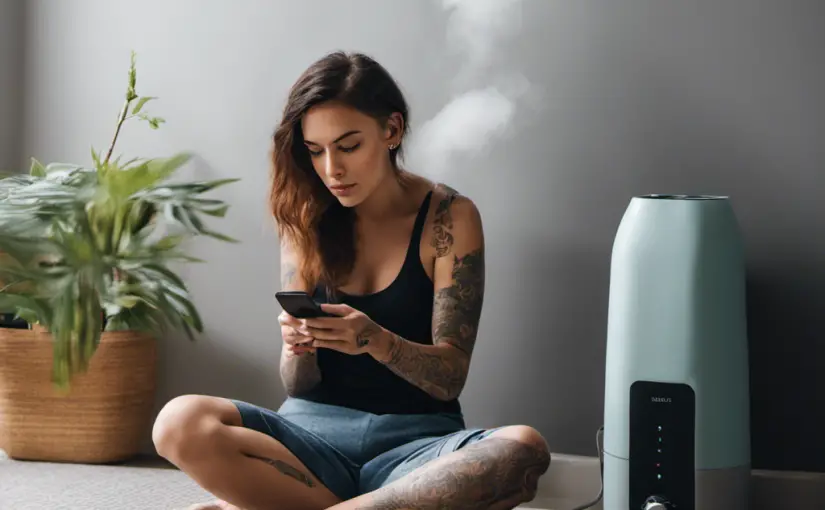

 Signs the Filter Needs Replacement
Signs the Filter Needs Replacement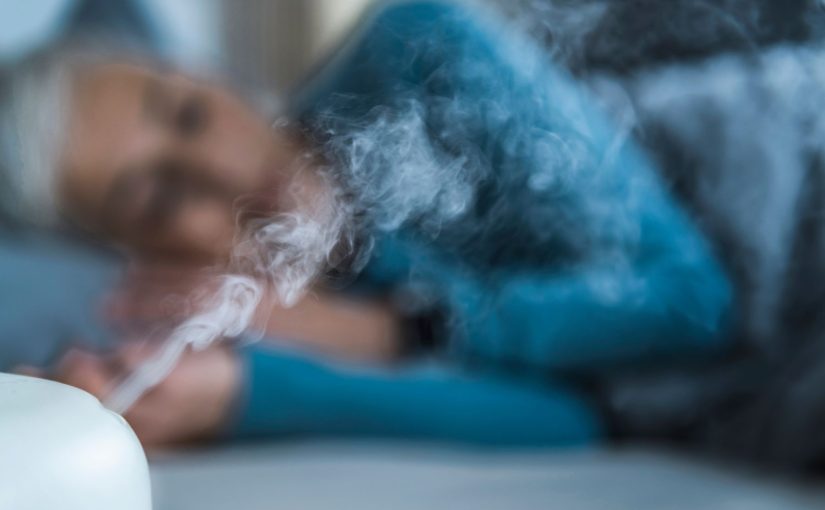
 Safety Tips for All-Night Operation
Safety Tips for All-Night Operation